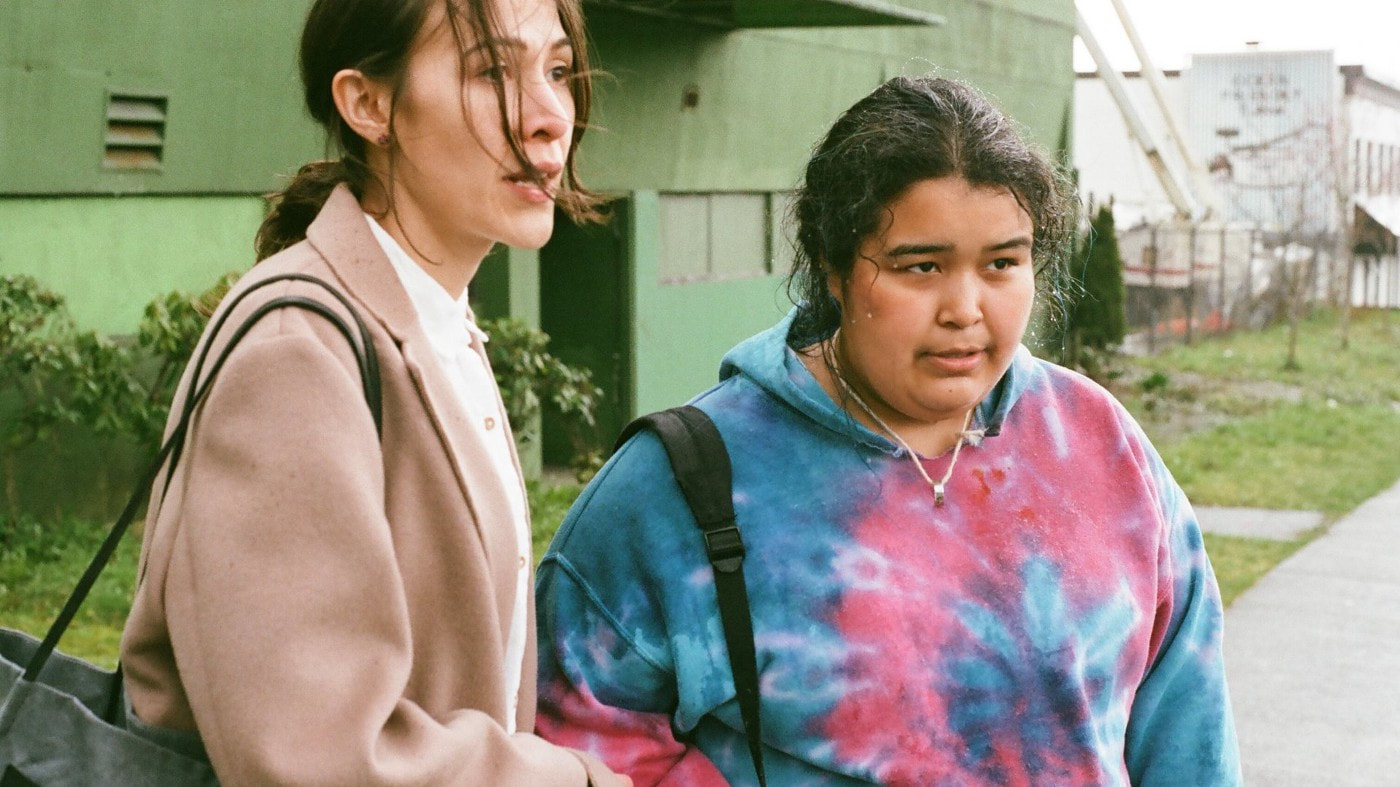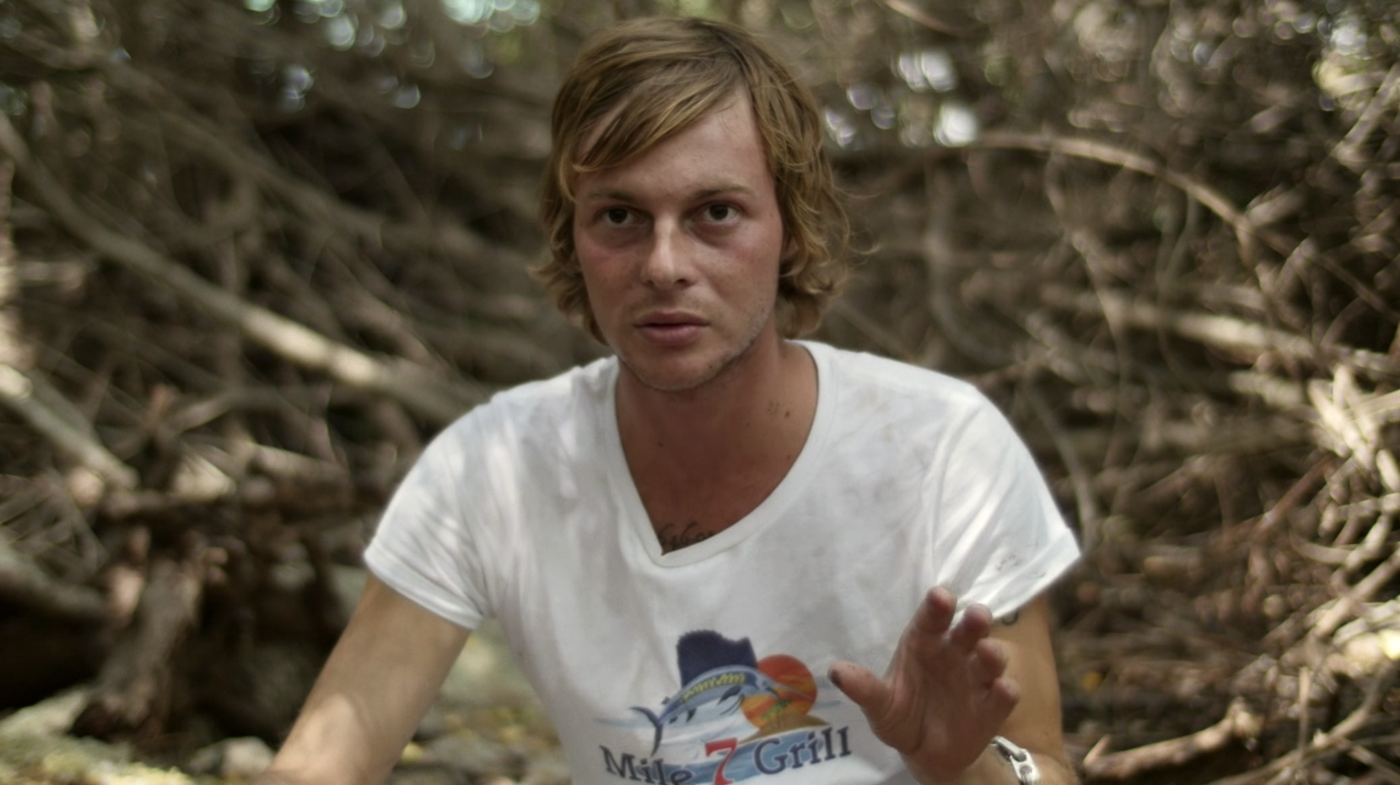
In 2009 director Mohammad Rasoulof was imprisoned for making The White Meadows. He was accused of “acting against national security” and “propaganda against the regime” and spent six years behind bars. Unfortunately this is the fate of many filmmakers in Iran. Many are unjustly accused of ridiculous imaginary crimes fabricated by a deranged and deeply paranoid government. The government’s goal is not to protect the public, or Islam or the government. The point is to exert power and cow the people of Iran. An unpredictable bully is more effective than a predictable one. If you can not predict what will provoke punishment you will censor yourself even more harshly for fear of unintentionally crossing a confusing line.
In fairness The White Meadows is overtly anti-authoritarian as well as anti-religious, but the tighter the government restricts such subjects the more Iranians will need to address them. A film like The White Meadows is only made possible by the conditions that try to forbid it.
Even though the messages and ideology of The White Meadows are right at the surface they are delivered in a strange, surreal, metaphorical space that exists apart from our world. Rasoulof visually pairs down what is on the screen until it consists of just a few planes and a very little color. The vast majority of the film takes place either on bleached white rocks and sand, or vast expanses of calm water underneath a featureless grey sky. Without any dialogue or action we are already in a place unlike our own. An unnervingly empty, baron place where people and their actions seem small and insignificant.
Conversely these small events are magnified by their being set against a minimalist empty plane. Even if a figure is small and alone onscreen his being the only thing onscreen expands his significance.
To further the sense of minimalism there is very little atmospheric sound or music. It all unfolds in empty quiet. There is also very little camera movement so each scene has a kind of staid calm that keeps things simple and matter of fact. The camera says “this is where we are” and then mostly leaves it at that.

The main character is named Rhamat and we follow him on his rounds as he rows his tiny boat from island to island collecting people’s tears. The mysterious purpose for collecting tears is not revealed until the end and so through the whole film his actions hang in the air waiting to be explained. Since we don’t know his motivations we do not know if he is helping or exploiting the people he meets. Everyone knows him, and greets him openly, but he is stoic and hard to read.
The structure of the film is simple. Rhamat visits five locations: four islands and then the mainland. Each location is symbolic. It is very clear that each island represents a different issue in, or aspect of, society, but the specifics are left open. On one island they are lowering a dwarf into a well. He has dozens of bottles tied to his body each containing the hopes and wishes of the townspeople. The dwarf is frightened but resigned to his fate. The ritual is foreign to us but its elements highlight the familiar human tendencies toward superstition, hope, belief, oppression and degradation.

Each of the islands provides a highly charged parable all of which center around these same themes, and each parable ends in tears which Rhamat dutifully collects in a small hand blown, glass, bottle. Each story collapses its mythological scale down into intimate personal encounters, thereby grounding abstract ideologies in real human experience.

Above all the central issue is power. For every ritual there is someone conducting it. For every tradition there is someone enforcing it. For every community there is someone running it. On one island there is an artist who is being tortured and punished because he has painted an image with a red sea. The desperate townspeople try to dissuade him from his “mistake” but he will not relent. Of all the island stories this is the most overt in its attack on the Iranian government and it’s censorship.

Spoilers ahead
When we reach the last location, the mainland, everything we have seen up until that point is suddenly thrown into question. As Rhamat carries the tears across the landscape to deliver them to their mysterious owner we see references to all the different places he has visited. It feels as if this final destination is a summation of all the islands. It seems a lot like heaven or an afterlife of some kind. It is the only location so far that has any greenery. Rhamat enters a house and an old man is wheeled out in a wheelchair. Rahmat then washes the man's feet in the tears. After he is done Rhamat pours the tears back into their bottle and as the film ends he pours the bottle into the ocean.

It is then that we realize that all the bleached rocks and sand are not bleached at all, they are covered in a rising tide of salt. The ocean has become saturated with salty tears and is slowly encroaching everywhere.
It is a cruel and bitter ending. We are affronted twice, first by Rahmat using the tears to wash a man’s feet and second when Rahmat just dumps them in the ocean. Those old feet are either an earthly dictator or God himself. Either way it is a biting accusation that turns what was already a dark parable into something deeply disturbing.
It is no wonder that Rasoulof was thrown in prison, but there is a strange silver lining underneath censorship. By banning a film or book the censors are recognizing that art is a powerful and meaningful force in society. In the 1990’s there was an anticensorship campaign in America that made T-shirts, posters and television commercials with the slogan “Art Can’t Hurt You!” Their intentions were good but they were pronouncing art both impotent and irrelevant. At least the censors acknowledge art as a powerful force.
The odd nature of The White Meadows’ imagery makes scenes particularly memorable. The surreal and beautiful world Rasoulof renders stays with you because it is visually striking. It is an interesting and effective way to keep the messages Rasoulof wishes to convey from being forgotten. Distilling an idea or statement into an image or symbol is often at the core of what artists do. The recognition of this fact is why regimes often want to control them.

If you enjoyed this article click here for more
www.filmofileshideout.com/archives/samira-makhmalbafs-the-two-legged-horse




[…] If you enjoyed this article click here for morewww.filmofileshideout.com/archives/mohammad-rasoulofs-the-white-meadows […]